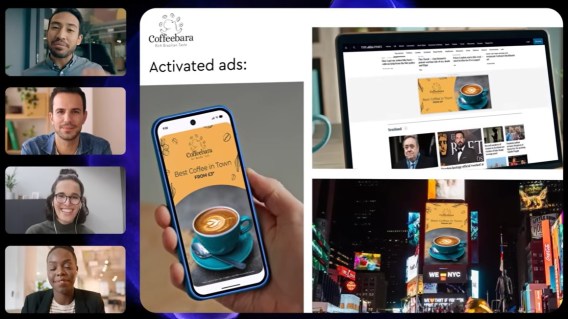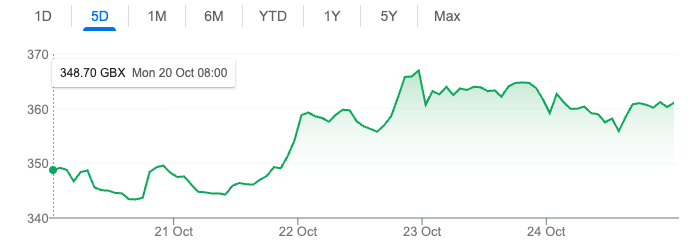
WPP hedges bets on AI to make ‘pixel-perfect ads’, no agency needed

WPP Open Pro promises “beautiful, thumb-stopping ads” using AI
A cheery, Scottish-accented voice sets the scene for WPP’s pitch: marketers can now create “beautiful, thumb-stopping ads” without ever interacting with an account manager.
In a promotional video for its newly launched AI-powered marketing platform, WPP Open Pro, the holding company promises that “AI agents find opportunities, build insights and create competitive advantage … delivering pixel-perfect ads for every channel.”
It’s a simple spot for a simple premise: WPP is effectively offering a “self-serve” technology platform that unifies marketing strategy development, audience evaluation and content creation with a complexity – and apparently price – suitable for smaller brands.
Announced last week, WPP Open Pro marks the first product built on WPP’s new Open operating system and was developed following the holding company’s landmark $400‑million deal with Google last October.
The partnership allowed WPP to integrate large language model Gemini and other Alphabet AI technologies, such as Veo, into its campaign tools.
With this in place, WPP can make a play for marketers lacking the budget for a full agency retainer, while providing capabilities similar to self-service marketing platforms offered by Salesforce and Adobe.
This move also underscores a wider pattern in the industry: holding groups are increasingly building large-scale AI platforms on top of global cloud infrastructure.
Publicis kicked off the trend almost seven years ago when it began developing Marcel on Microsoft Azure.
Since then, other holdcos have followed suit, resulting in Omnicom’s Microsoft-powered Omni Assist and Dentsu’s expansion of Merkle’s GenAI suite, also using Google Cloud.
But, as Mutinex’s Henry Innis noted in his Substack last week, the increased investment in non-proprietary AI raises deeper questions about ownership and durability.
“There is a deeply uncomfortable cultural truth here: when you outsource the scaffolding of your operating model to a supplier, you rarely train the muscles to build your own,” he writes. “When you wrap your operating system around someone else’s LLM, you are embedding a moving target into your decision factory.”
Innis points out the flaws in outsourcing critical technology functions, such as constant model updates, changing guardrails and contexts.
Meanwhile, holdcos also face the risks of potential bias, IP ownership or regulatory issues associated with outsourced AI.
Platforms like WPP Open Pro pose an enticing opportunity for small brands – and WPP’s investors who have seen their shares rise in value since launch last week.

WPP’s share price received a bump on news of the new product (Google)
Indeed, WPP’s new CEO, Cindy Rose, hailed Open Pro’s ability to expand the holdco’s “total addressable market, and giving more brands the tools they need to lead in the AI era.”
Enjoying Mumbrella? Sign up for our free daily newsletter.
“Our talented teams will always be at the heart of what we do, providing world-class strategic and creative partnership to the world’s most complex brands with WPP Open at the core,” she said in a statement
However, last week’s outage at cloud giant Amazon Web Services – along with last year’s CrowdStrike/Azure disruption – highlights the vulnerability of relying on external platforms.
If Open Pro is just the start of WPP’s billion-dollar ambition in AI, the group faces hurdles familiar to all firms betting on outsourced AI: can it scale effectively without completely ceding control?



1) Please spell my name correctly
2) I outlined many ways in the article in which they COULD build durable advantage
3) I’ve also vocally said that I think WPP Open to end users is a strategically brilliant move – has that been missed?